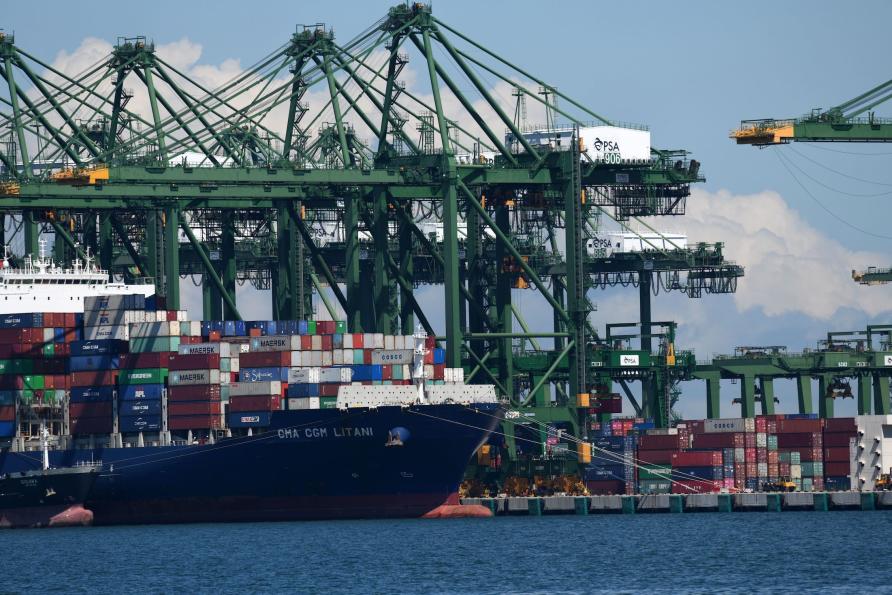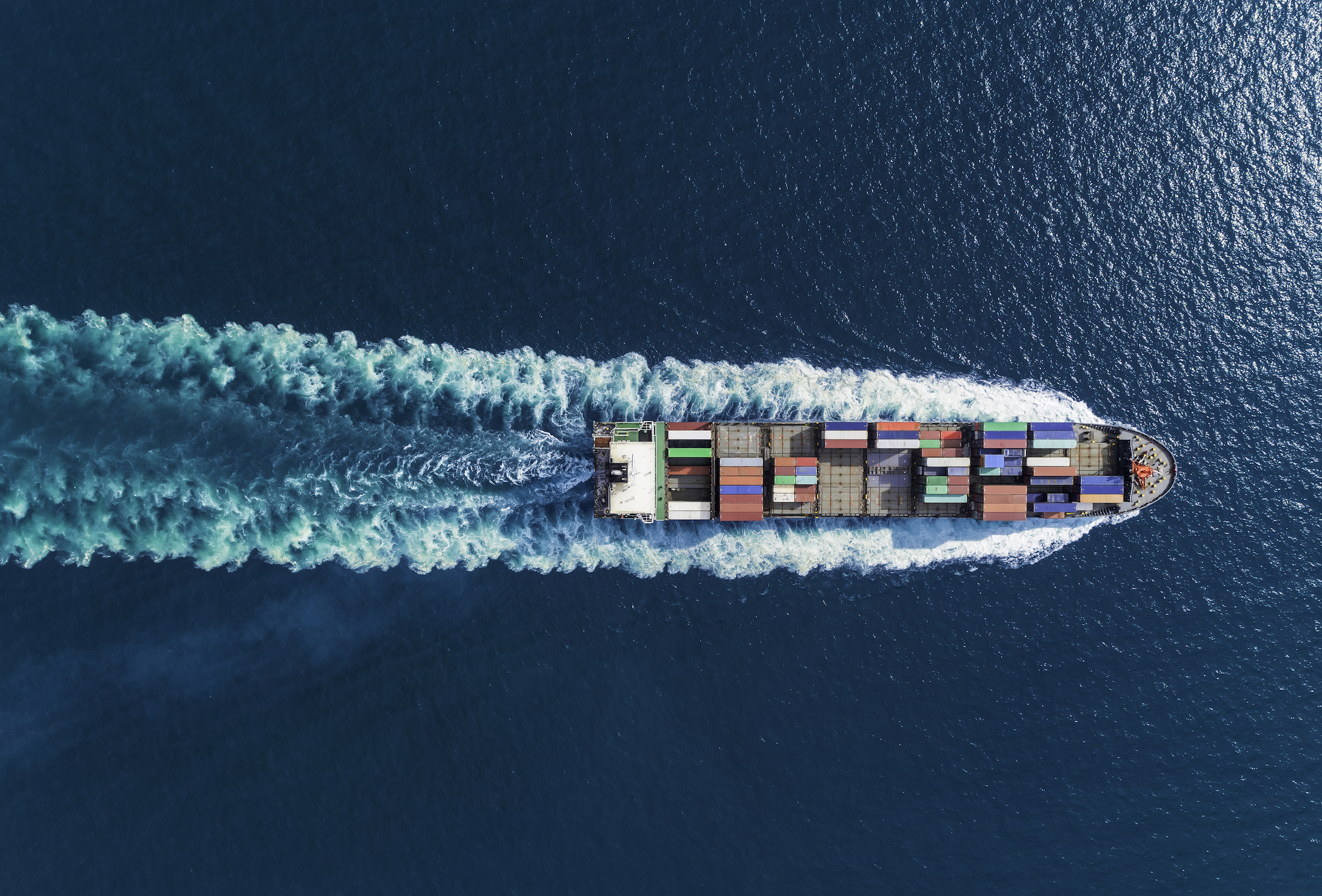
Politics & Society
The COVID-19 seafarer crisis

As we head into the holidays, COVID-19’s disruption to our supply chains has created shortages, backlogs and global delays – but are we over the worst of it?
Published 13 December 2021
From ordering a pair of shoes to purchasing high-end furniture, there’s a good chance that if you’ve placed an order online in the last couple of weeks, you’ve had to wait longer than expected to receive it. This has been a common experience amongst Australians who have increasingly moved to online shopping during COVID-19.
Shipping delays and supply chain disruptions are not limited to Australia though. These interruptions in normal service are being felt internationally.

What makes this situation concerning for many is that resolving these delays is still expected to take some time.
‘Supply’, ‘demand’ and ‘logistics’ are the three main elements in every supply chain. If one of these is disrupted it can go on to cause a widespread disturbance along the whole supply chain.

Politics & Society
The COVID-19 seafarer crisis
‘Supply’ is the portfolio of manufacturers and their suppliers, while ‘demand’ focuses on retailers and customers, and ‘logistics’ revolves around all the operations and infrastructure needed to move goods from the supply side of things to the demand side.
Currently, global supply chains are experiencing disruption in all three areas of supply, demand and logistics.
On the supply side, factories have been operating at less than their maximum capacity due to COVID-related closures and lockdowns.
The recent COVID surges and lockdowns disrupting computer chip suppliers in South East Asia – which is being called Chipageddon by those in the industry – has resulted in a global shortage of computer chips.

This then knocks onto affect a variety of supply chains that rely on computer chips – everything from toasters and cars to gaming consoles
On the demand side, there has been a steady spike in demand for consumer goods directly or indirectly linked to the new normal of working from home. With global companies like Amazon or Catch, here in Australia, facilitating online shopping, as well as the persistence of COVID lockdowns, online shopping has become more mainstream, which has put extra pressure on the demand side.
Perhaps the most significant impact on the current state of supply chain disruptions comes from the logistics side – more specifically from shipping delays.

Business & Economics
The COVID-19 shock to supply chains
As countries around the world imposed COVID travel restrictions, this caused a lack of access and long waiting times for shipping vessels at major ports around the globe.
And these same COVID restrictions in ports have meant fewer workers being able to handle shipments.
This has caused a backlog of shipments and containers waiting to be delivered to the distribution hubs; creating congestion of shipping containers in destination ports and a lack of containers in origin ports – further limiting the capacity of shipping companies.
There isn’t any one solution that can fix all the disruptions to supply, demand and logistics of global supply chains at present.

On the supply side, there are ongoing lockdowns and restrictions as countries remain wary of new coronavirus variants and start to implement COVID-19 booster shots.
But if we look at the degree of vaccine compliance, especially in some manufacturing countries of East and Southeast Asia, the supply side of many manufacturing supply chains could remain disrupted.
On the demand side of things, festive holidays like Christmas and Chinese New Year will continue the ongoing surge in ordering, while our major retailers are also placing higher than normal orders from their suppliers in order to make up for almost two years of COVID losses.

Business & Economics
Keeping supply chains ethical and sustainable amid COVID-19
The shipping industry has taken some relatively good steps in terms of logistics to increase their capacity and address the issue of a lack of containers, but, if COVID-19 lockdowns and disruptions continue into 2022 there’s a good chance transport limitations will also continue to affect shipping companies, which will then further delay shipping processes.
These delays and supply chain disruptions are expected to continue after Christmas into early 2022; the general consensus is that overcoming supply, demand and logistics disruptions will gradually start to happen toward the end of 2022 and into 2023.
In the meantime, if you’re still waiting on those shoes or the chair you ordered online three months ago – relax, enjoy your break and know that there are many other people out there who are in the same...ship.
Banner: Getty Images